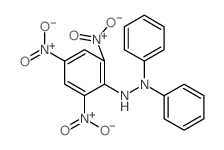| Structure | Name/CAS No. | Articles |
|---|---|---|
 |
DPPH
CAS:1898-66-4 |
|
 |
1,1-DIPHENYL-2-PICRYLHYDRAZINE
CAS:1707-75-1 |
|
 |
4-Nitrophenyl Laurate
CAS:1956-11-2 |